Impulse and Momentum Worksheet Physics
If you're a high school or college student studying physics and looking for a comprehensive way to practice your understanding of impulse and momentum, then this blog post is for you. In this post, we will explore the significance of using worksheets as an effective learning tool for mastering the concepts of impulse and momentum in physics. By focusing on the entity of worksheets and their role in reinforcing subject knowledge, we will provide you with valuable insights on how to solidify your understanding of impulse and momentum through targeted exercises.
Table of Images 👆
Define impulse in terms of physics.
Impulse in physics is defined as the change in momentum of an object caused by a force acting on it for a specific amount of time. It can be calculated by multiplying the force applied to an object by the time period over which the force is exerted, and is a vector quantity that represents both the magnitude and direction of the change in momentum.
What is the formula used to calculate impulse?
The formula used to calculate impulse is Impulse = Force × Time, where impulse is measured in Newton-seconds (N·s), force is measured in Newtons (N), and time is measured in seconds (s).
Define momentum in terms of physics.
In physics, momentum is the product of an object's mass and its velocity, indicating the quantity of motion possessed by the object. It is a vector quantity, meaning it has both magnitude and direction, and is conserved in a closed system unless acted upon by external forces. The momentum of an object can be transferred to another object through interactions such as collisions, providing insight into the dynamics of motion and conservation laws.
What is the formula used to calculate momentum?
The formula to calculate momentum is momentum (p) = mass (m) x velocity (v).
How does impulse relate to the change in momentum?
Impulse is directly related to the change in momentum, as impulse is the product of the force applied to an object and the time over which the force is applied. Mathematically, impulse is equal to the change in momentum of an object. Therefore, the larger the impulse applied to an object, the greater the change in its momentum. This relationship can be described by the equation: Impulse = Change in momentum.
What are the units of impulse and momentum?
The units of impulse are in Newton-seconds (N*s) or kg*m/s, and the units of momentum are in kilogram meters per second (kg*m/s).
Explain why momentum is a vector quantity.
Momentum is a vector quantity because it has both magnitude and direction. The magnitude of momentum is given by the product of an object's mass and velocity, while its direction is the same as the direction of the object's velocity. Since both magnitude and direction are essential in fully describing momentum, it is classified as a vector quantity in physics.
How is impulse related to the force acting on an object?
Impulse is directly related to the force acting on an object through the impulse-momentum theorem, which states that the impulse experienced by an object is equal to the change in momentum it undergoes. This implies that the greater the force acting on an object for a given amount of time, the larger the impulse imparted to the object, leading to a greater change in its momentum.
Describe the principle of conservation of momentum.
The principle of conservation of momentum states that in a closed system, the total momentum remains constant before and after a collision or interaction between objects. This means that the sum of the momentum of all objects involved in the interaction remains the same, assuming there are no external forces acting on the system. This principle is derived from Isaac Newton's laws of motion and is a fundamental concept in physics used to analyze and predict the motion of objects in various situations.
Explain how the principle of conservation of momentum is used in collisions.
The principle of conservation of momentum states that in a closed system, the total momentum before a collision is equal to the total momentum after the collision. This principle is used in collisions to analyze and predict the outcomes of interactions between objects. By applying this principle, we can calculate the velocities and directions of objects involved in a collision, allowing us to understand how momentum is transferred and conserved during the event. This helps in determining the final state of the system and understanding the nature of the collision, whether it is elastic, inelastic, or perfectly inelastic.
Have something to share?
Who is Worksheeto?
At Worksheeto, we are committed to delivering an extensive and varied portfolio of superior quality worksheets, designed to address the educational demands of students, educators, and parents.

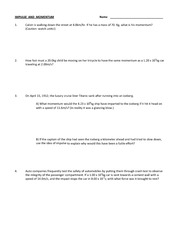



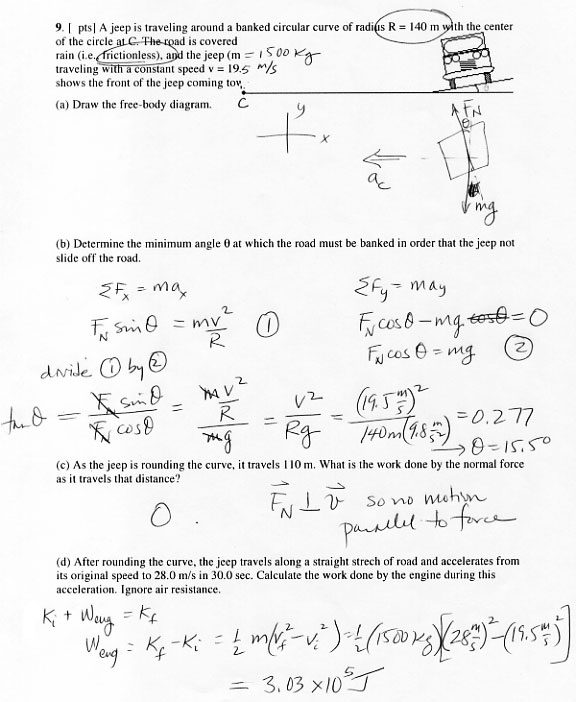
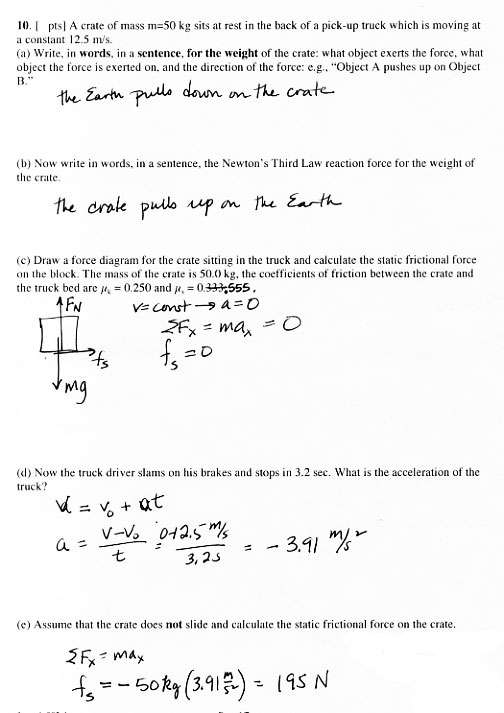
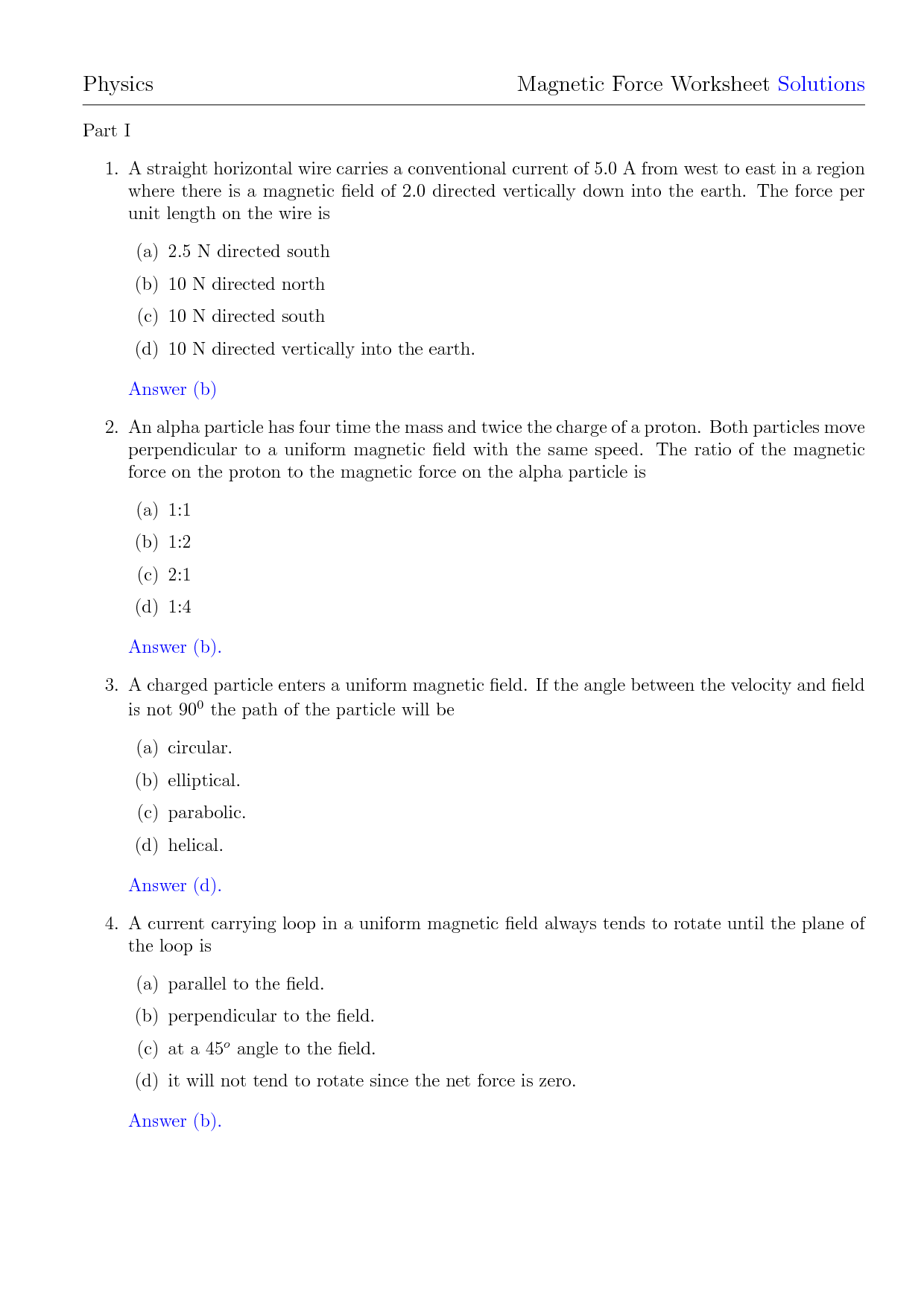

















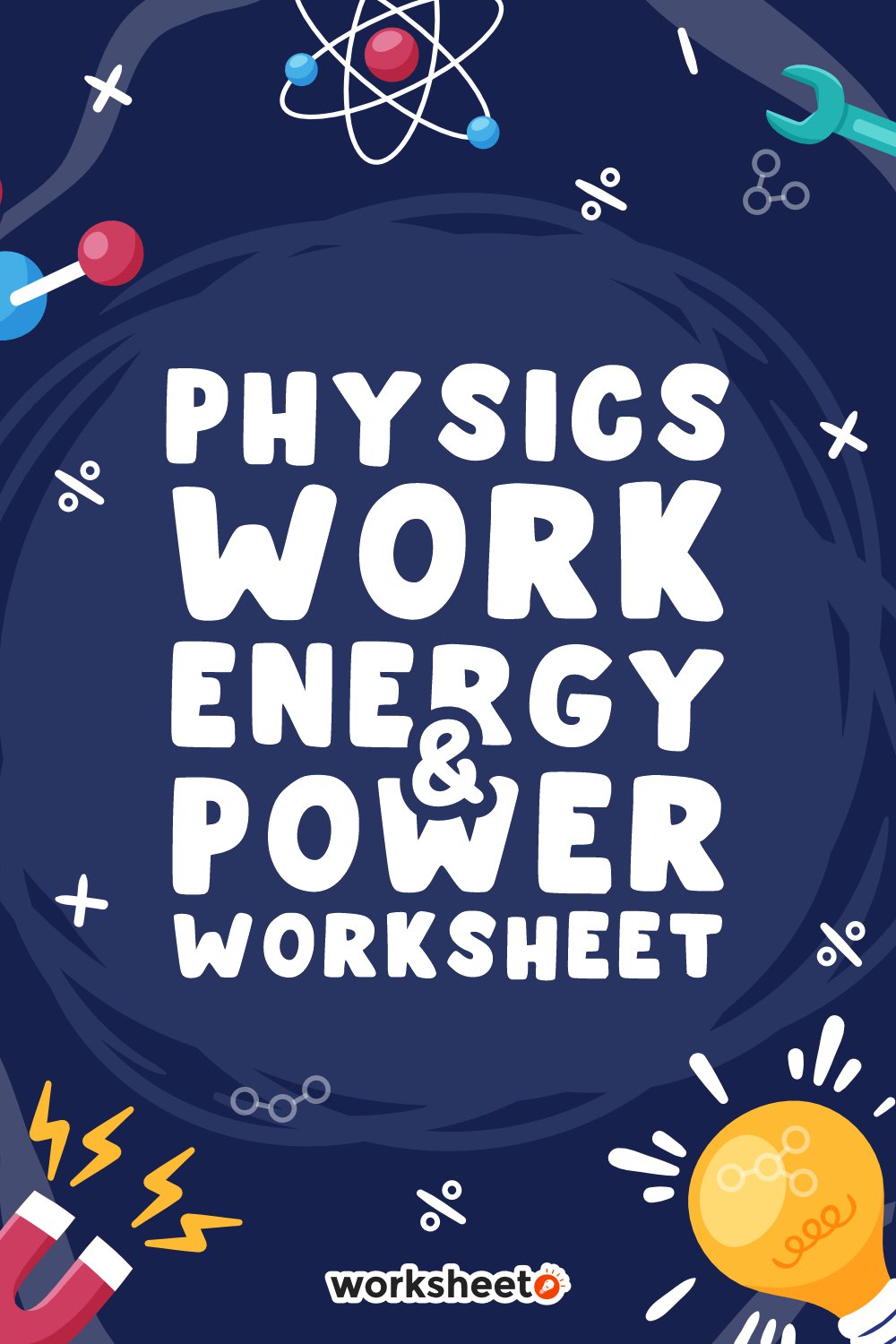
Comments